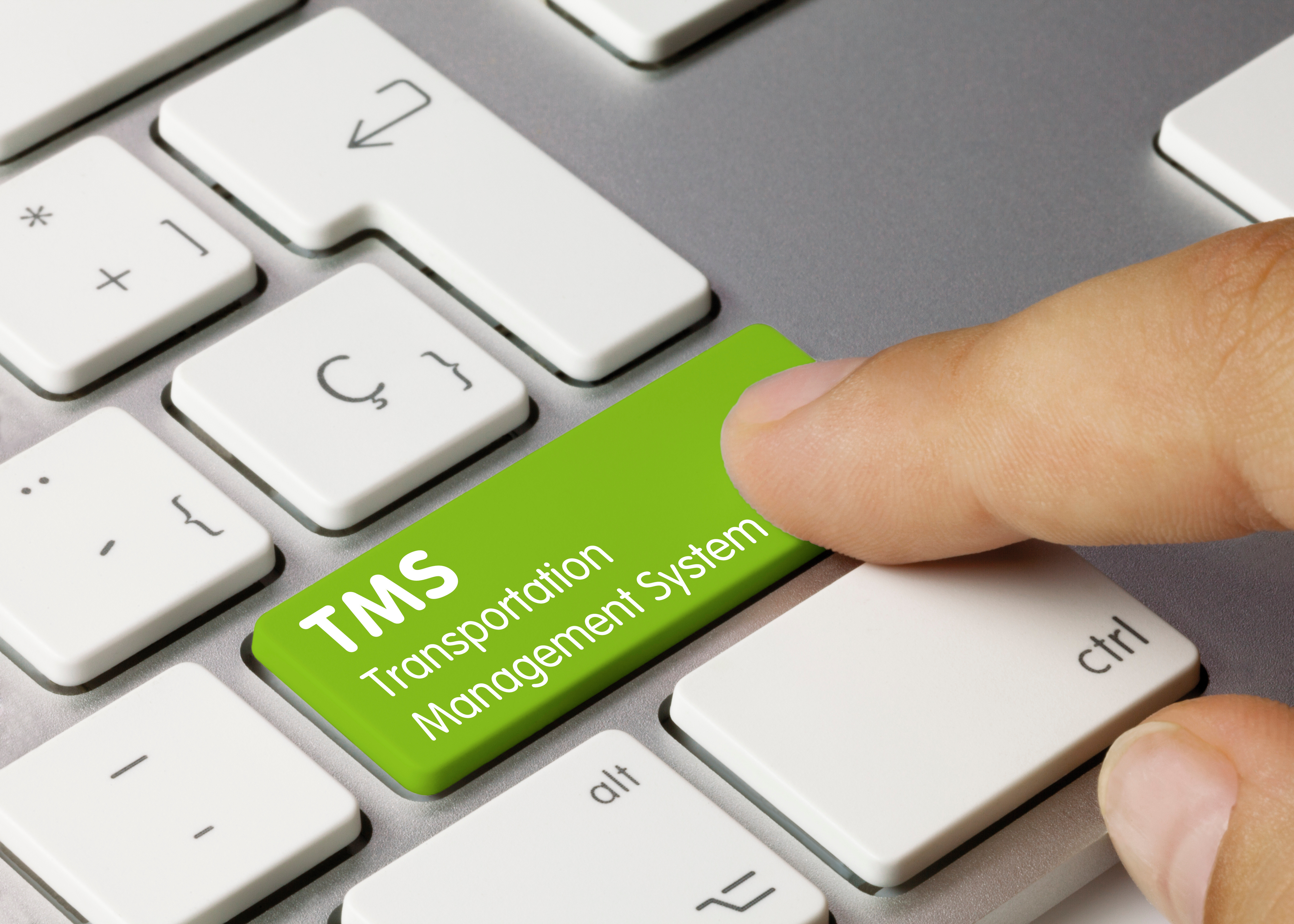Save time and money with planning-first shipping optimization.
CONTACT USA Transportation Management System (TMS) is designed to improve the planning, execution, and overall management of transportation and shipping operations. The TMS is a central hub to maximize efficient management of the process of moving goods; ensuring shipments are delivered efficiently, cost-effectively, on time, and on budget.
Whether you’re using an outdated TMS or are still relying heavily on a combination of spreadsheets, emails, and paper to manage your operations, you are likely missing out on the advantages a modern TMS platform can bring. Selecting the right TMS platform for your business means making a decision based on not just what you think you need or want, but with the understanding of the power of modern TMS offerings and what this software can help you achieve.
Assess Your Business Needs
To get started with selecting a TMS, start by considering your logistics requirements, such as volume of shipments, the types of goods you transport, and what service levels you require. What’s unique about your company’s logistics needs? For example, do you frequently handle LTL (less-than-truckload) shipments? Do you need to manage multiple lanes across different regions?
Your TMS should align with your operational needs and efficiency goals, and you should be able to understand how the program can help you achieve these goals.
Research Available Options
When researching TMS providers, you should look for systems that offer the functionality, scalability, and integration capabilities that also align with corporate goals. Your operations should help drive the business forward and assist the company in achieving their targets. Reading case studies can help you understand how businesses have been helped by a TMS provider. Customer reviews can also be helpful, but may lack the specifics you need to understand how the platform can help you reach your goals.
Evaluate Key Features
Assessing different features and functions of a TMS platform is an important part of the selection process. You’re looking to significantly impact the efficiency of your logistics operations, and need to understand how the TMS can help. Features of a good TMS system should include:
-
Route Optimization: The ability to efficiently plan the most cost-effective and time-efficient routes for shipments.
-
Real-time Tracking: Visibility and transparency around your shipments’ journey, which can drive scheduling efficiency and improve customer service.
-
Reporting and Analytics: What data-driven insights are available that can help you make informed decisions to improve logistics performance?
Consider User Experience and Support
A TMS platform should be easy to understand and operate. If the software is confusing or complicated, you may not be using all the features and advantages that the software can provide. This can also negatively impact productivity.
In addition to an easy user experience, how the software provider offers customer support is important. You’ll likely need help during the implementation process, but also need to know how continuous support is handled. You want a company that helps you resolve problems quickly, minimizing disruptions in your operations.
Budget and ROI Analysis
Cost is always a consideration when selecting a TMS provider. But cost isn’t just about buying software, it’s about value, including return on investment (ROI), savings derived from the new system, and the ability to gain new business over your competitors. A TMS may mean a hefty initial investment, but you have to factor in long-term savings in operational costs, efficiency gains, and improved customer satisfaction.
Features of Planimatik’s Transportation Management System
Planimatik is designed for the logistics and supply chain professional, with an easy-to-use interface that can help you drive operational efficiency and business growth. Designed specifically for the shipping professional, our software offers many unique advantages that can help you achieve your goals. For example:
Integration with Multiple Common Carriers
A top-tier TMS should offer seamless carrier integrations. Planimatik allows shippers to easily add common carriers, ensuring a smooth connection with trusted providers. This capability is particularly beneficial for LTL (less-than-truckload) shipments, where the best rates and strong partnerships are essential. Seamlessly integrate with your preferred carriers using Planimatik. Build strong partnerships, secure competitive rates, and streamline your logistics in a user-friendly platform.
Multichannel Communication
Efficient communication is the backbone of any successful logistics operation, Planimatik has a robust “Multichannel Communication” feature that allows shippers to communicate with carriers anytime, ensuring clarity and coordination throughout the shipping process. Whether it’s discussing load details or addressing last-minute changes, we understand the importance of real-time communication.
Streamline Multiple Lane Management
Managing multiple lanes and routes can be labor-intensive, especially during the RFP process. Planimatik’s Lanes Import feature simplifies logistics planning by allowing you to easily import lane data, saving time and reducing the manual entry effort. This tool ensures your lane information is organized, making logistics planning a seamless experience.
The Right TMS for Quick Success
Choosing the right TMS (Transportation Management System) is critical for optimal logistics management. Picking the right TMS software can streamline coordination among suppliers, carriers, and warehouses, and ultimately enhance your business’s bottom line. By understanding what features to look for in a TMS and how they align with your operational and company goals, you can choose software that positions you to drive improvements in efficiency, cost savings, and customer service.
Planimatik is more than just another TMS – it's a complete reimagining of what logistics technology can achieve. With intuitive design and robust API integrations, it seamlessly connects to your existing ecosystem while transforming logistics management from a basic operational function into a strategic advantage that streamlines workflows and empowers growth.
Speedy Implementation
Minimizing downtime must be a priority when implementing a TMS. Few operations can afford to be offline for long, as shipping is a 24/7 operation.
Planimatik’s implementation process is designed to take less than two hours, reducing the friction that often overwhelms users with new software. It’s easy to set up and start using the platform right away. Planimatik’s TMS is designed for total simplicity, with a user-friendly interface that minimizes the learning curve while simultaneously delivering immediate results.
Planimatik offers all the features you need to take your logistics operations to the next level. Don’t let concerns about TMS complexity hold your business back—explore how Planimatik can transform your operations by signing up for a free demo today. Experience the future of more efficient logistics management with Planimatik.



.png)
.png)
.png)


.png)

.png)



 READ MORE
READ MORE
.jpg?width=352&name=product-mockup-02%20(1).jpg)
.png?width=464&height=512&name=13-cta-img-01%20(2).png)